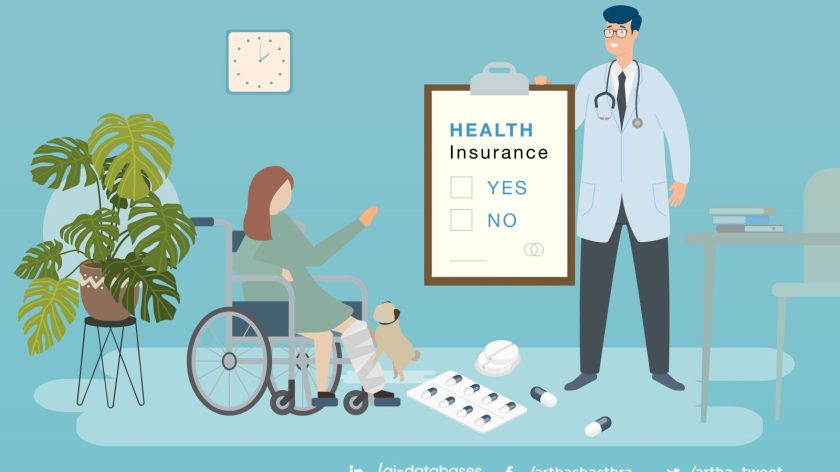Health Insurance Coverage In India

This post has been authored by Kamraan Hafeez, an Economic Analyst Intern at Arthashastra Intelligence.
In India, health insurance has become the need of the hour, but not many people will agree to this and instead question-Why?
According to the recent data from the National Family Health Survey-5 (2019-20). In states like Bihar (14.5%), Maharashtra (20%), Karnataka (20.5%), and Gujarat (39%), fewer than 40% of the households had at least one member covered by health insurance; this figure is as low as 12.7% in Jammu and Kashmir. While the insurance coverage was severely low in these states, it, in general, is low across many States. This mostly reflects that people think they do not need health insurance as they are young and healthy and would require it only post-retirement or in old age. But, it’s time to face the fact that having a health insurance policy is an essential requirement in India, considering the rising healthcare costs and a higher incidence of diseases at a younger age. People are often confused about the ‘right age’ to buy a health insurance policy, but it is important to understand that there’s no right age. The sooner you buy the better it is.
One of the major reasons why people in India do not buy a health insurance policy is that it offers no maturity benefit, but only coverage in the event of an illness. Also, Most of the population in India depends upon household income or savings in order to meet their healthcare requirements. Further, there is less awareness among the general population in India about health insurance, and this is another reason why the number of people with health insurance in India is very low. These health insurance policies also come at a higher price, which makes them inaccessible for the poor and deprived. Unlike western countries like the US, health insurance is not mandatory in India due to which people generally tend to delay or ignore subscribing to one. To change this, the foremost task that needs to be carried out is sensitization and awareness of the insurance schemes.
In many states, the health insurance coverage was higher among rural households implying that people from rural areas are more aware of the importance and benefits health insurance policy offers, in states like Andhra Pradesh, Mizoram, Tripura, Assam, Telangana, Meghalaya the difference between The % of households with at least one member covered by health insurance (rural) and (urban) is higher than 10 percent points.
Although there are many central sponsored health insurance schemes like Ayushman Bharat-Pradhan Mantri Jan Arogya Yojana (PM-JAY) which was launched in 2018, it promised to provide annual insurance coverage of Rs 5 lakh per family to the poorest 40 percent of the population. But during April 2020 and June 2021 it provided benefits to only 14.25 percent of people hospitalised for the novel coronavirus disease (COVID-19).
The scenario of health insurance is quite dismal in India. But, unless healthcare becomes accessible to everyone equally, India cannot develop in a proper manner. Health insurance coverage has increased in the past five years in a majority of the Indian states and union territories but people with health insurance are still below half the population in most of them.
References
- https://www.thehindu.com/data/data-in-11-indian-states-fewer-than-40-households-covered-with-health-insurance-as-of-2019-20/article35112454.ece
- https://www.downtoearth.org.in/news/health/more-indians-covered-by-health-insurance-but-overall-percentage-still-low-nhfs-5-75101
- https://www.iffcotokio.co.in/health-insurance/should-health-insurance-be-mandatory-in-india#:~:text=Most%20of%20the%20population%20in,the%20event%20of%20an%20illness.
- National Family Health Survey – 5 (2019-21) India Fact Sheet
